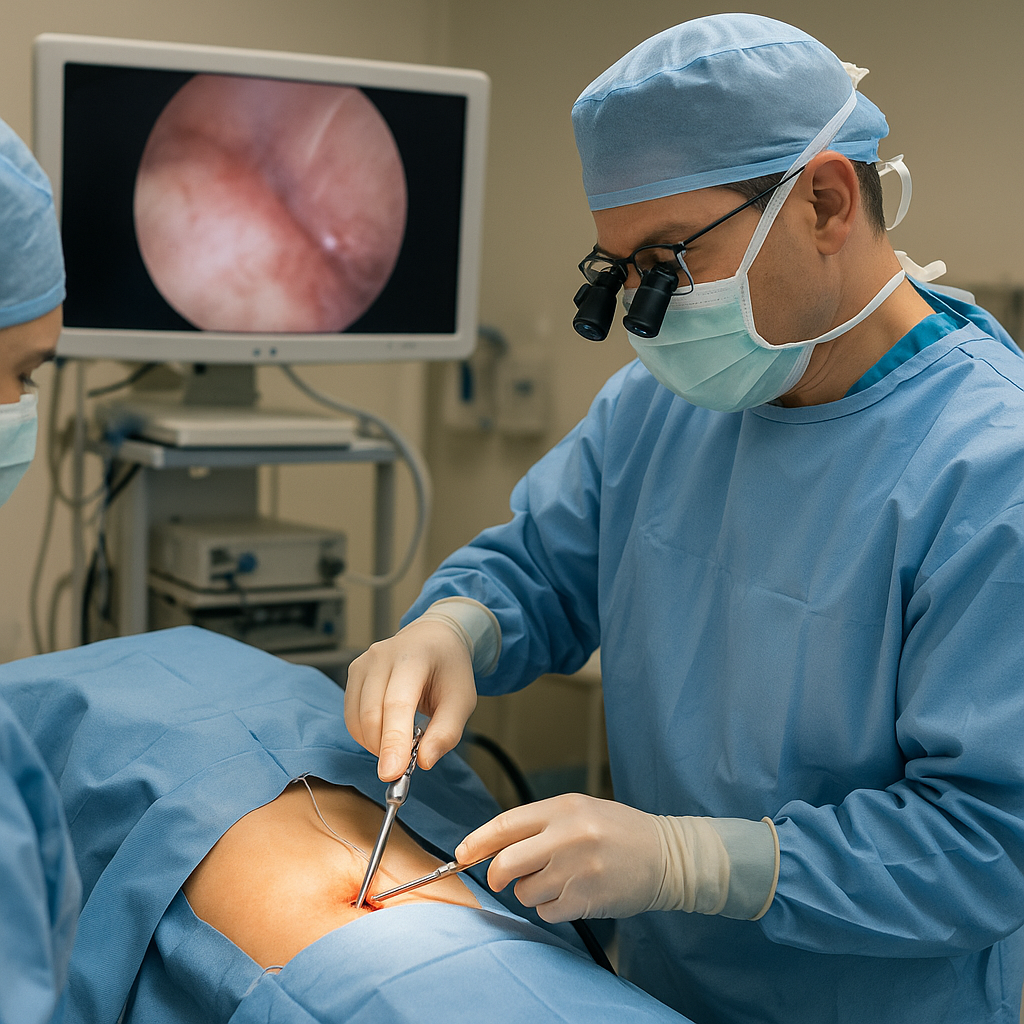What is Avascular Necrosis (AVN) of the Hip?
AVN is a progressive disorder in the hip, whereby a lack of blood supply in the femoral head causes damage to the bone tissue. This leads to joint stiffness, as well as chronic pain without proper treatment.
Symptoms and Stages of Hip AVN
The symptoms of hip AVN depend on the progression of the disease. The initial indications are a mild pain in the hips when they are active, stiffness, and a limited range of motion. The pain is even aggravated at rest, and mobility reduces with progression. The stages are differentiated into small alterations in imaging (stage 1) to total collapse of the femur (stage 4). Early identification of the symptoms enables early treatment of avascular necrosis at stage 2 before surgical intervention is required.
5 Ways of Hip Avascular Necrosis Treatment Without Surgery
Advanced stages might necessitate surgery, but several non-surgical AVN treatment avenues are coming up and helping to slow down progress and offer an effective treatment. An early diagnosis has a significant effect on improving the treatment.
Method 1: Platelet-Rich Plasma (PRP) Therapy
Platelet-Rich Plasma Therapy is a non-surgical treatment that involves the use of concentrated platelets of the patient to aid in healing and inflammation. Growth factors promote joint repair when they are placed in the hip, enhancing the functionality of the joint. This is a minimally invasive technique that has been proven successful in the treatment of AVN without surgery, particularly at an early stage. Physiotherapy with regular sessions can reduce the progression of diseases and improve mobility with significant risks.
Method 2: Mesenchymal Stem Cell Therapy
In stem cell therapy, mesenchymal stem cells are injected into the injured joint of the hip, where they induce bone growth and vascular healing. This new approach to treating avascular necrosis will assist in the healing process, which is beneficial in the long term. Clinical research demonstrates the increased bone density and fewer symptoms among patients of early to moderate stages. It is very effective when used alongside weight management and lifestyle changes, as it will postpone the necessity to undergo surgical operations considerably.
Method 3: Prolotherapy for Hip AVN
Prolotherapy is the injection of dextrose or regenerative substances in the area of the hip joint to achieve stimulation of tissue healing. This treatment lessens pain by enhancing supporting ligaments and enhancing the stability of joints. Prolotherapy offers slow progress improvements during therapy using recurring sessions as part of how to cure AVN without surgery. It is usually prescribed with physiotherapy and lifestyle changes towards improved long-term outcomes at the early and intermediate stages.
Method 4: Viscosupplementation Therapy
Viscosupplementation includes making injections into the hip joint of hyaluronic acid to enhance shock absorption and lubrication. This helps to ease the pain, improve mobility, and slow down the process of deterioration of joints. Although it is not curative, it renders much relief to the patients in stage 2 of avascular necrosis treated or stage 3 who are yet to be operated on. It can be used together with other regenerative therapies to prolong the functioning of the joints and result in an increase in the quality of life.
Method 5: Radiofrequency Ablation for AVN Pain
Radiofrequency ablation (RFA) is used to attack nerves that carry hip-joint pain. RFA decreases chronic pain and enhances movement by blocking these signals. It does not reverse bone damage, but it gives significant help with symptoms. This will render RFA a useful alternative in the treatment of the avascular necrosis stage 3, which will allow patients to cope with the pain without the need to resort to surgery immediately.
How to Cure AVN Without Surgery: Treatment Combinations?
No single therapy can fully reverse AVN, but combining regenerative and supportive treatments offers the best results. A multidisciplinary approach using PRP, stem cells, prolotherapy, and viscosupplementation enhances healing potential. Weight management, physiotherapy, and lifestyle changes further support joint preservation. For patients seeking how to cure AVN without surgery, tailored treatment plans designed by specialists provide long-term mobility and pain relief.
When is Avascular Necrosis Surgery Necessary?
Non-surgical hip treatment methods are effective in early and mid-stages, but advanced cases often require avascular necrosis surgery. Surgery becomes necessary when femoral head collapse, severe arthritis, or persistent pain limit daily life. Hip-preserving surgeries may help in moderate stages, while total hip replacement is often required in stage 4. Deciding the right time for surgery depends on the stage progression and overall health condition.
FREQUENTLY ASKED QUESTIONS(FAQs)
Avascular necrosis (AVN) cannot be fully cured without surgery, but early-stage disease can often be managed effectively through non-surgical treatments. Therapies such as platelet-rich plasma (PRP), stem cell injections, prolotherapy, and viscosupplementation help slow bone damage, improve mobility, and reduce pain. With timely intervention, patients can preserve joint function and significantly delay progression, postponing the need for surgery in many cases.
The best AVN treatment without surgery depends on the stage and severity. Platelet-rich plasma (PRP) therapy and mesenchymal stem cell injections are highly effective regenerative options in the early stages. Prolotherapy and viscosupplementation help improve joint stability and reduce discomfort, while radiofrequency ablation addresses chronic pain. A combination of these treatments, tailored by specialists, offers the most successful results in slowing disease progression and improving quality of life.
PRP therapy is considered effective in early and moderate stages of avascular necrosis treatment. By injecting concentrated growth factors directly into the hip joint, PRP stimulates healing, improves blood flow, and reduces inflammation. Studies show improvements in mobility and pain reduction, especially when combined with physiotherapy or stem cell therapy. While PRP cannot reverse advanced AVN, it significantly delays progression and postpones the need for surgery.
Stem cell therapy shows strong potential for reversing early avascular necrosis caused by regenerating bone tissue and restoring blood supply. Mesenchymal stem cells, injected into the hip, promote natural healing and bone repair. While highly effective in stages 1 and 2, results are limited in later stages with structural collapse. Still, it offers long-term benefits and delays surgical need, especially when combined with physiotherapy and supportive therapies.
Success rates of AVN treatment without surgery vary depending on stage and therapy type. Early interventions using PRP, stem cells, or prolotherapy show improvement in 60–80% of patients, with better outcomes in stage 1–2 disease. These approaches significantly reduce pain, enhance joint function, and delay surgery. However, advanced AVN with bone collapse often requires surgical intervention for long-term relief and restoration of hip mobility.






